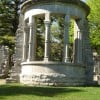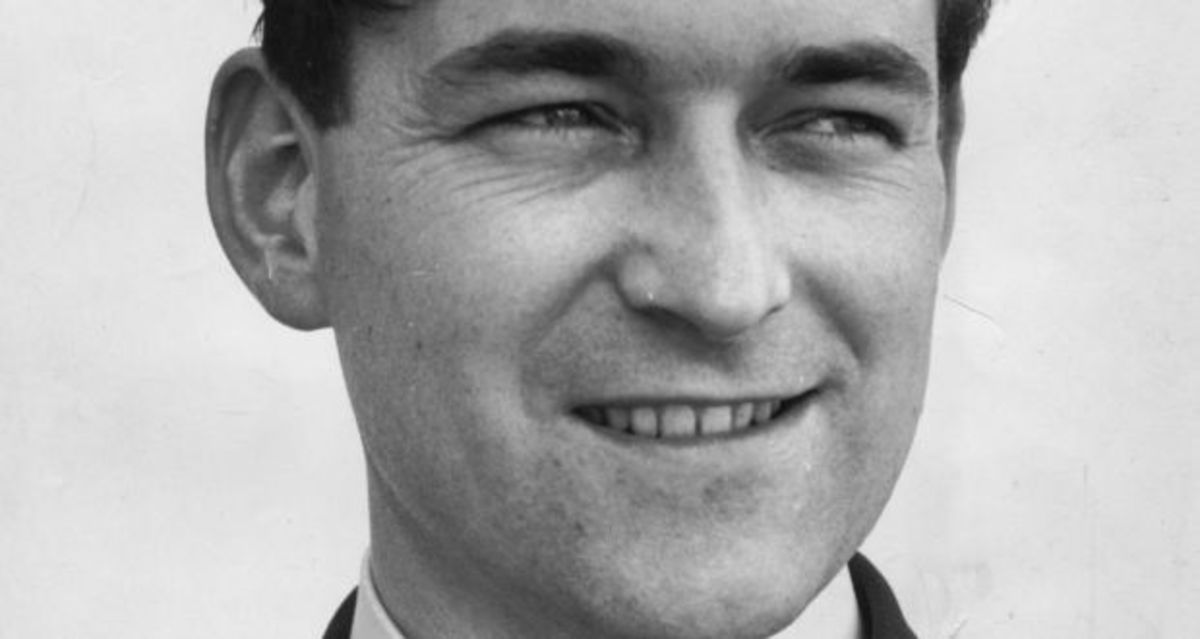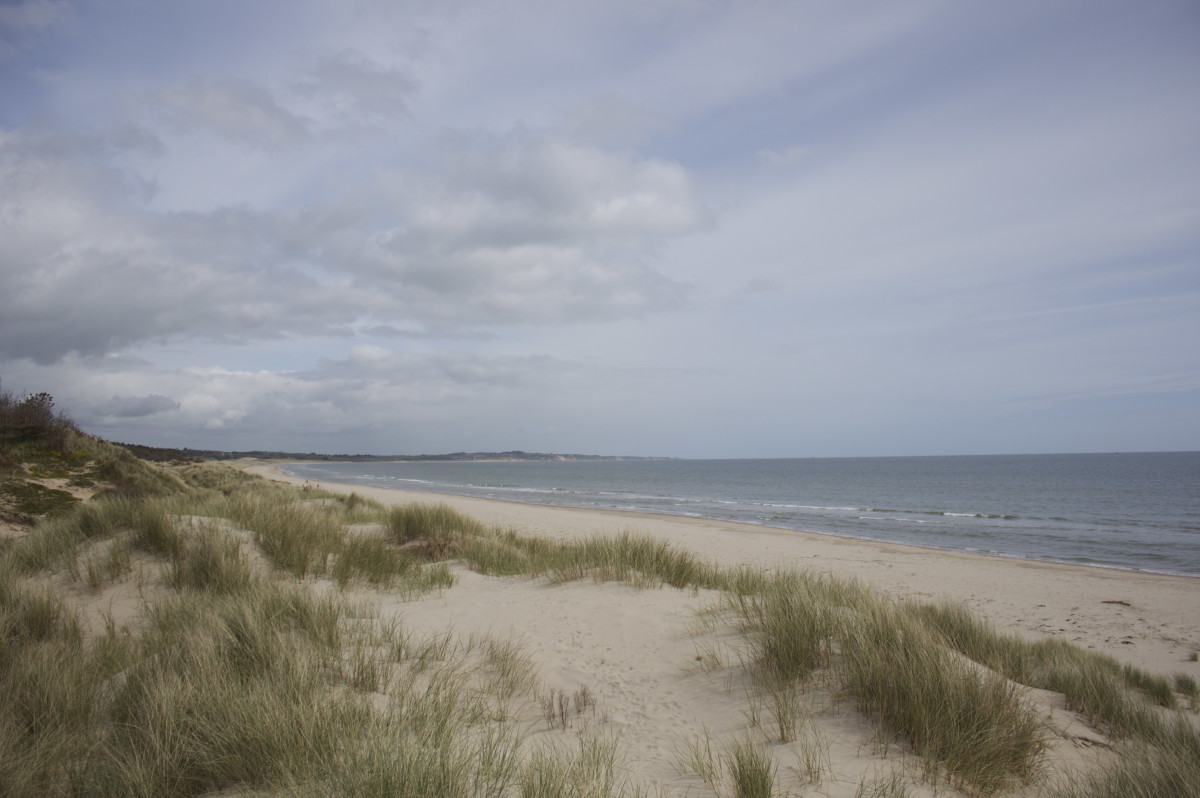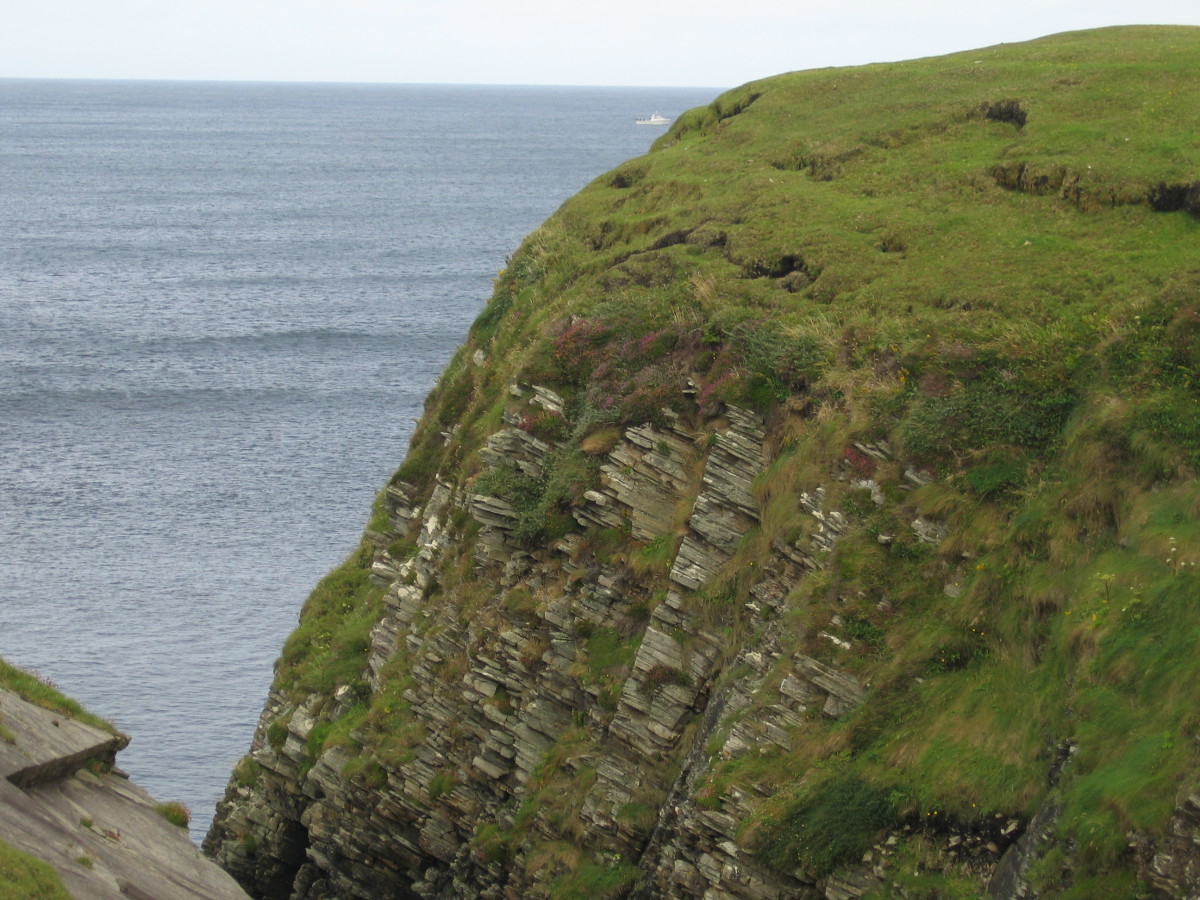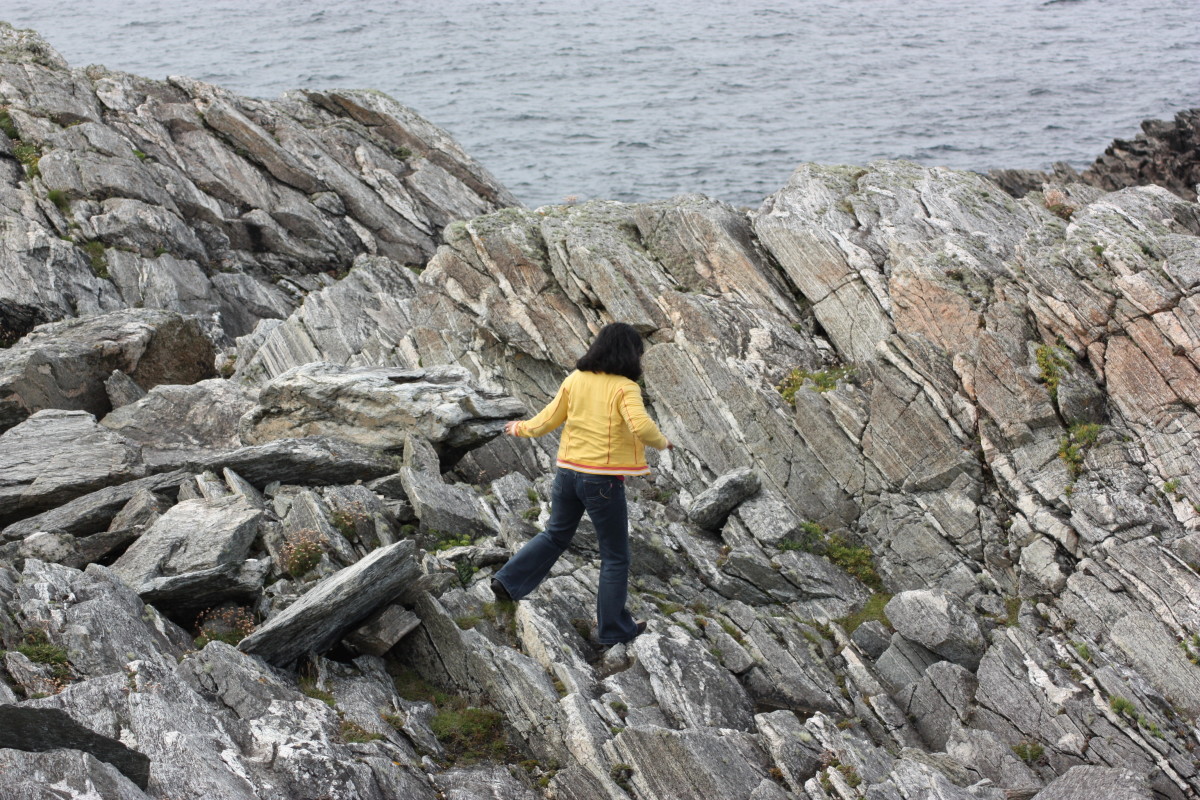Visiting the Statue of Wolfe Tone, in Dublin, Ireland: Remembering the Leader of the United Irishmen, Who Died in 1798
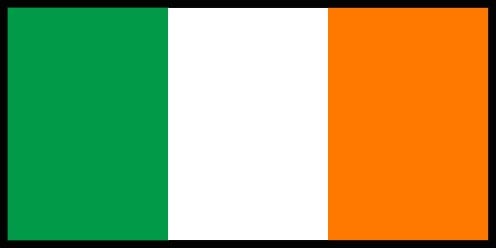
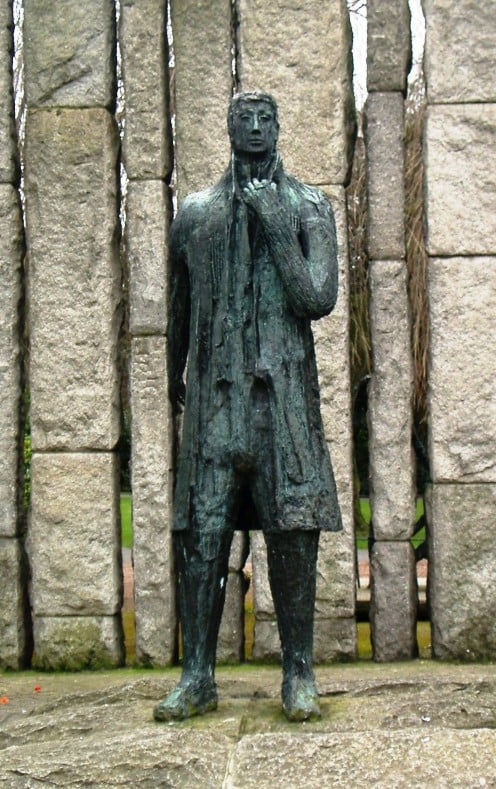
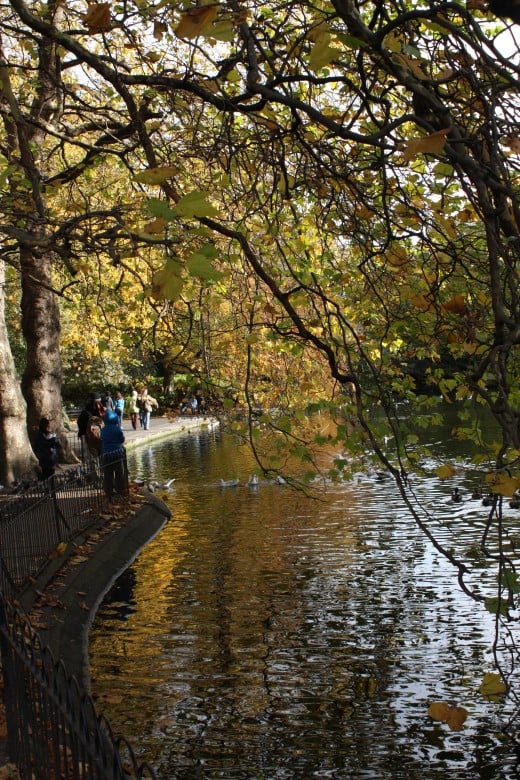
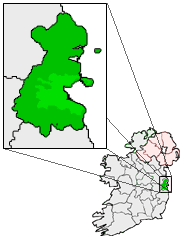
A work by Edward Delaney in a quiet corner of St Stephen's Green
Not a few people view Irish Republicanism and the history of the Republic of Ireland as being about Roman Catholic leaders gaining rights for the majority Catholic population of Ireland.
This is in fact a distortion of what actually happened.
Irish Republicanism goes back to Wolfe Tone (1763-1798), the leader of the Society of United Irishmen (Irish: Cumann na nÉireannach Aointaithe ). Wolfe Tone was actually a Protestant, as were various other United Irishmen.
Well, right, but surely he was in favour of Catholics gaining the vote? Technically, yes, but the fact is that in 1798, the year of the United Irishmen's rebellion which he led, Catholics already had the vote in Ireland (in England at the time, they did not), albeit unable to stand for Parliament: the Irish Parliament led by men such as Henry Grattan had already widened the franchise to include Catholics with the then relevant property qualifications.
So if there were Protestants among the United Irishmen, maybe this means that Wolfe Tone was from the north of Ireland, where there are many Protestants?
Well, there are two, major misconceptions here.
First of all, Wolfe Tone was from Dublin. He was educated at the then-Protestant Trinity College (1), and qualified as a lawyer in the city.
Secondly, in the late 18th century, the many Presbyterians from the north of Ireland and elsewhere would not have been regarded as Protestants, but, rather, as Dissenters. (This means for example that someone such as the archetypal, late 20th and early 21st century Protestant leader in Northern Ireland, the Rev. Ian Paisley, would have scandalized Protestants in the late 18th century if he had tried to call himself a Protestant. Because in the late 18th century, it was Anglicans, as members of the Ascendancy class in Ireland, who were supposedly the 'real' Protestants, not members of Nonconformist churches such as Presbyterians, Baptists, and others.)
For the record, Wolfe Tone was Anglican. For the record, also, his years of political campaigning really had little to do with his churchgoing activities.
A famous quote from Wolfe Tone is often repeated; his vision of Irish Republicanism was one, of which an aim was: 'to substitute the common name of Irishman, in the place of the denominations of Protestant, Catholic, and Dissenter' (see again the distinction between Protestants and Dissenters).
Wolfe Tone was condemned to death in 1798 following the failed Irish Rebellion; he did not wish to be hanged as a criminal, but rather shot as a soldier; when this wish was refused, he succeeded in taking his own life. His grave is at Bodenstown, Co. Kildare. So what did he represent? An Irish Republic, certainly, but it would be wrong to interpret events around his life merely in terms of contemporary presuppositions.
Although for many years in the Republic of Ireland, Pádraig Pearse and the events of 1916 have had special emphasis in Republican commemorations, Wolfe Tone also is certainly remembered by Irish Republicans. A statue of Wolfe Tone by sculptor Edward Delaney (1930-2009)(2), completed in 1967, stands in the north-eastern corner of St Stephen's Green (Irish: Faiche Stiabhna )(3), Dublin (Irish: Baile Átha Cliath ), a 9 hectare, herbaceous oasis of calm amidst Ireland's bustling capital, where I, and many, many others, doubtless, have had opportunity to reflect quietly on aspects of Ireland's past. At the rear of the Wolfe Tone sculpture is a poignant memorial, also by Edward Delaney to the Irish Famine in the 19th century: another, deeply defining event in Ireland's history.
Delaney's sculpture of Wolfe Tone is a lost-wax casting in bronze, and exudes a rugged simplicity. What struck me about the sculpture was a sense of timelessness to it. As if the sculptor was stating that he was not primarily trying to demonstrate an 18th century man in his mannerisms and dress, but, rather, the lasting presence of someone's ideas.
The question in people's minds of who Wolfe Tone really was, will depend to some extent on people's presuppositions.
Which begs another question: Do I — do you — have some vested preference for a particular, sanitized version of Irish history? It was the Argentinian writer Jorge Luis Borges who famously said that history is what we wish to remember and forget. Or stated differently, why spoil 'good' history with facts?
May 10, 2012
Notes
(1) For many years, Trinity College, Dublin accepted Roman Catholic students; only in 1970, however, did the Hierarchy lift its attempts to ban Catholics from actually attending.
(2) Other works by Sculptor Delaney include a representation of Irish nationalist Thomas Davis; this statue stands in College Green (Irish: Faiche an Choláiste ), Dublin.
(3) St Stephen's Green dates from its enclosure in 1664; thereafter, many buildings in Georgian style were built around its perimeter in the 18th century; a few of these survive, one of which is Iveagh House (Irish: Teach Uibh Eachach ), the headquarters of the Department of Foreign Affairs and Trade (Irish: An Roinn Gnóthaí Eachtracha agus Trádála ). The park was landscaped by William Shepherd and opened to the public in 1880.
Also worth seeing
In Dublin itself, visitor attractions include: the Four Courts (Irish: Na Ceithre Cúirteanna ); Leinster House (Irish: Teach Laighean ); Government Buildings (Irish: Tithe an Rialtais ); Trinity College (Irish: Coláiste na Tríonóide ), the old Irish Houses of Parliament (Irish: Tithe na Parlaiminte ); the Custom House (Irish: Teach an Chustaim ), the Ha'penny Bridge (Irish: Droichead na Leathphingine ), Dublin Castle (Irish: Caisleán Bhaile Átha Cliath ) and many others.
...
How to get there: Aer Lingus flies from New York and Boston to Dublin Airport (Irish: Aerfort Bhaile Átha Cliath ), from where car rental is available. Car parking can be difficult in Dublin City centre and a good way to get around the city is by Dublin Bus (Irish: Bus Átha Cliath ). You are advised to check with the airline or your travel agent for up to date information. Please refer to appropriate consular sources for any special border crossing arrangements which may apply to citizens of certain nationalities.
MJFenn is an independent travel writer based in Ontario, Canada.
